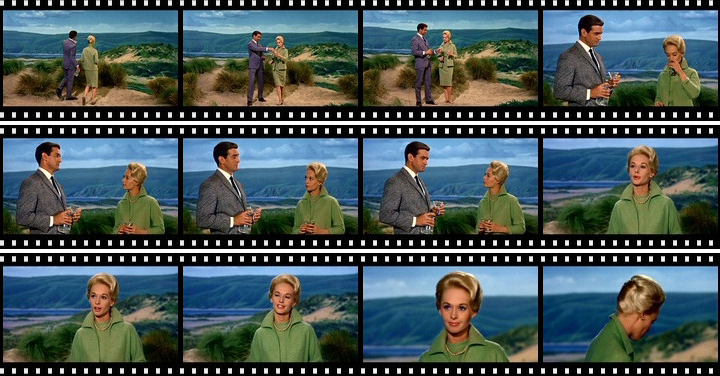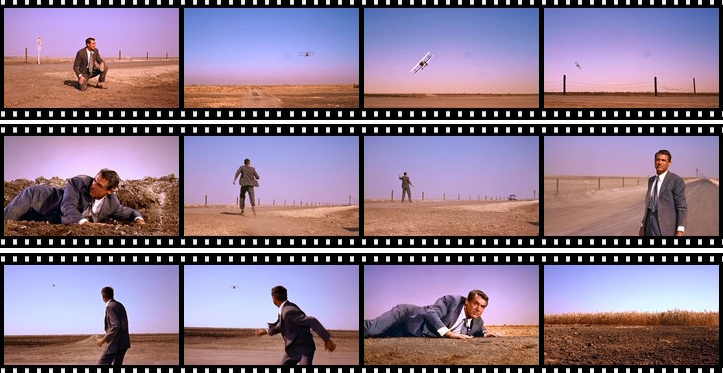Hiroshima Mon Amour, Alain Resnais’s landmark 1960 meditation on war and memory, was Emmanuelle Riva’s first starring role. She plays a married actress (catch a scene here) who, while making a movie in Japan, has an affair with a Japanese architect played by Eiji Okada. Screenwriter Marguerite Duras chisels away at the actress’s Gallic reserve over the course of the film as memories of the war, not to mention guilt over the affair, overwhelm her. Resnais lingers on Riva’s face as she comes apart. Her performance is as brave as it is exact. French film critic Jean Domarchi once stated, “Hiroshima is a documentary on Emmanuelle Riva.”
As it turns out, Riva was documenting Hiroshima too. While filming on location, she took a series of photographs of everyday life of a city still recovering from the war. They are a fascinating slice of life from a Japan that has long disappeared. The Hiroshima Riva captured was still dominated by dirt roads and wooden buildings. People still regularly wore traditional geta wooden shoes.
Children seemed to be a favorite subject for Riva. She photographs a flock of elementary school students walking to school; a pair of boys fishing before the genbaku dome – ground zero for the bomb; and a gaggle of kids staring agog into the lens, no doubt curious at the sight of a stylish French woman with an expensive camera.
Years later, Riva’s pictures were collected into a book called Hiroshima 1958, which, sadly, seems to be available only in Japan. Riva, of course, went on to a celebrated acting career, including an Oscar-nominated turn in Michael Haneke’s harrowing love story Amour.
 via RocketNews24
via RocketNews24
Related Content:
Watch Alain Resnais’ Short, Evocative Film Toute la mémoire du monde (1956)
Haunting Unedited Footage of the Bombing of Nagasaki (1945)
Jonathan Crow is a Los Angeles-based writer and filmmaker whose work has appeared in Yahoo!, The Hollywood Reporter, and other publications. You can follow him at @jonccrow. And check out his blog Veeptopus, featuring lots of pictures of vice presidents with octopuses on their heads. The Veeptopus store is here.










